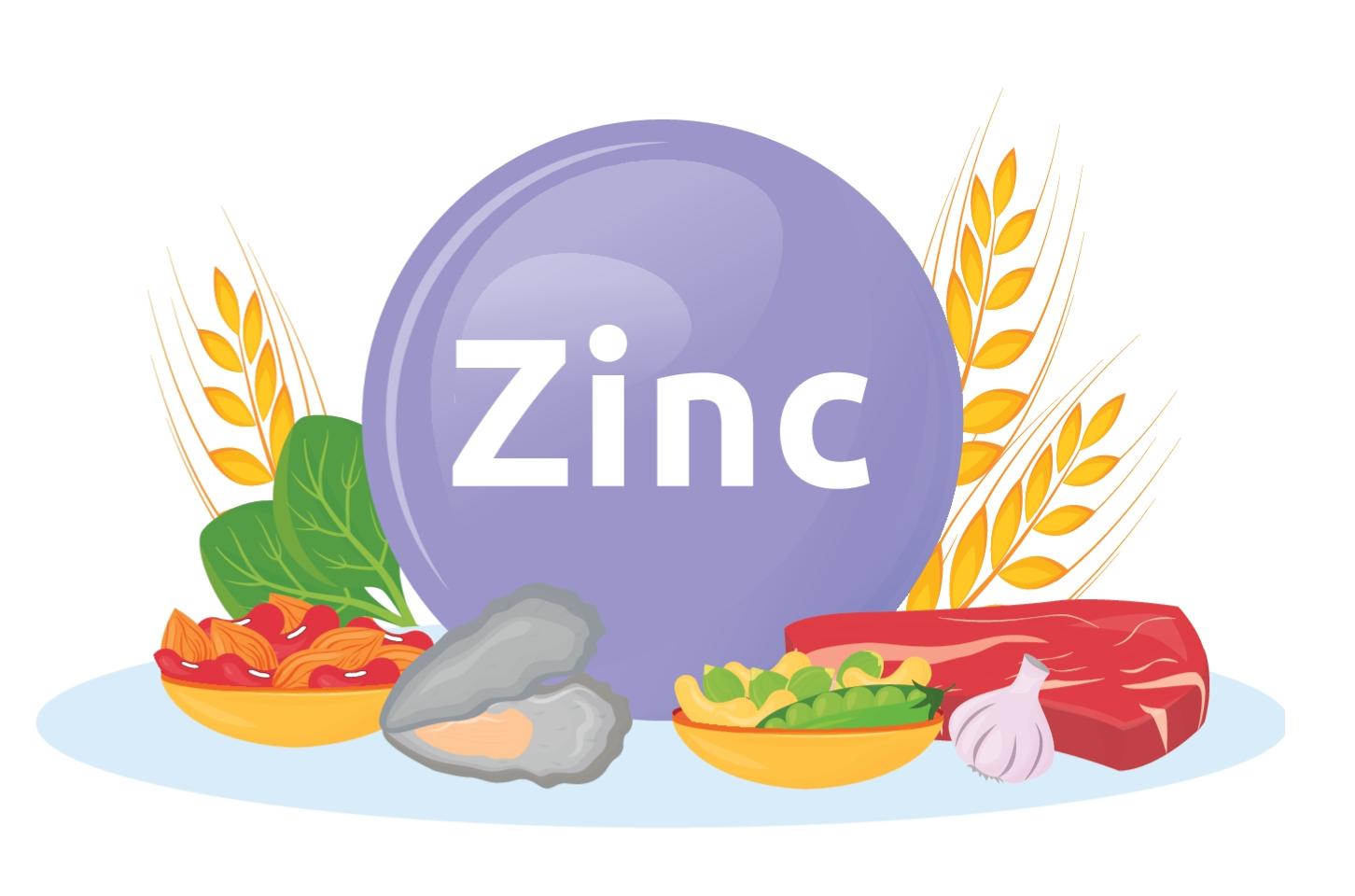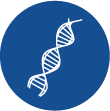An Anti-Anorexic Nutrients for the Elderly
“An Anti-Anorexic Nutrients for the Elderly”

Elderly people are more susceptible to undernourishment and insufficient nutrients due to a condition called anorexia of aging, which has numerous causes, both physical and mental. This could be a change in their sense of taste and smell, an imbalance of appetite and fullness hormones, decelerating digestive system, increasing inflammation, depression, and so on.
In addition to anorexia of aging, an aging digestive system can absorb less nutrients which leads to a risk of vitamin and mineral deficiency that is vital to the body’s functions and appetite in the elderly.

1. Zinc is a mineral quintessential to growth and immunity. The recommended daily intake of zinc for elderly people is 10.9 milligrams for males and 8.6 milligrams for females. One of the symptoms of zinc deficiency is dysgeusia that results in food tasting more bitter or metallic to those who suffer from it, which leads to the anorexic condition.
Zinc assists the growth and maintenance of epithelial tissues found in hair, skin, nails, as well as olfactory epithelium tissues that taste buds are made of. Zinc is also the main component of many enzymes, especially those existing around the taste pores. Furthermore, zinc plays a large part in DNA’s synthesis, which is essential to the production of protein. Therefore, zinc deficiency leads to slower reproduction of taste buds and ultimately leads to difficulties in taste reception.
Zinc-rich food includes animal-based protein, fish, and seafood.
Those who prefer a vegetarian diet can choose their protein alternatives from unpolished cereals like brown rice, oats, dried legumes, pulses, as well as a variety of cereal productions including tofu, tempe, and whole grain bread. Oftentimes, zinc-rich plant-based foods are also rich in phytate which may obstruct zinc absorption. This may require eating a bigger amount in order to achieve an adequate amount of protein or spending more time soaking up ingredients before cooking to curb the amount of phytate to allow better absorption of zinc.

2. Iron is a mineral that is structural to hemoglobin, whose role as a vital component of a red blood cell is to carry oxygen to the entire body. A deficiency of iron is the primary cause of anemia. The recommended daily intake of iron in the elderly is 11 milligrams for males and 10 milligrams for postmenopausal females.
Anorexia of aging is often found in anemic elderly patients due to iron deficiency. A study in 2020 published in the PLOS ONE Journal found that iron deficient anemic patients have lower levels of ghrelin than those who are not anemic; ghrelin is a hormone related to appetite. However, other than iron deficiency, vitamin B12 and folate deficiency, chronic disease, and side effects of certain medications can also be attributed to anemia.
Iron-rich food includes animal-based protein and eggs.
Vegetarian substitutes can include iron-rich plants, such as cereals, pulses, as well as certain dark-greens like spinach.
Animal-based protein provides heme iron, which is absorbed better than non-heme iron that is found in plants. Pairing iron-rich food with fruits and vegetables that are rich in vitamin C can also improve iron absorption.

3. Ascorbic acid (vitamin C) is a very important antioxidant vitamin. It also plays a big role in producing collagen, as well as assisting iron absorption. The recommended daily intake of vitamin C is 100 milligrams for males and 85 milligrams for females. A well-known disease that occurs due to vitamin C deficiency is scurvy, whose symptoms may include the loss of appetite.
Moreover, periodontitis, a common oral disease among the elderly, is caused by unhealed inflammation of the gum. Periodontitis can lead to anorexia of aging via the painful sensation and difficulties chewing food. If left untrated, a buildup of bacteria in the area may lead to loss of teeth. A study conducted on 12,419 subjects found that a lower consumption of vitamin C increases the risk of periodontitis by 19%, and even more so for those who have a tobacco habit.
Vitamin C-rich food includes fruits and vegetables, like guava, Indian gooseberry, Manila tamarind, rambutan, papaya, pomelo, bell pepper, kale, broccoli and so on.
Although vitamins and minerals are related to anorexia of aging, taking supplements should always be under specialized physicians’ care. This assures that elderly patients are supplied with the very vitamins and minerals that their bodies need, as well as preventing any possible dangerous side effects of overdosing on certain vitamins and minerals.
Article by BDMS Wellness Clinic Institute and Bangkok Association of Regenerative Health and The Study of Obesity
Reference
- Landi F, Calvani R, Tosato M, Martone AM, Ortolani E, Savera G, Sisto A, Marzetti E. Anorexia of aging: risk factors, consequences, and potential treatments. Nutrients. 2016 Jan 27;8(2):69.
- Pisano M, Hilas O. Zinc and taste disturbances in older adults: a review of the literature. The Consultant Pharmacist®. 2016 May 1;31(5):267-70.
- Younes S. The impact of micronutrients on the sense of taste. Human Nutrition & Metabolism. 2023 Dec 7:200231.
- Ghrayeb H, Elias M, Nashashibi J, Youssef A, Manal M, Mahagna L, Refaat M, Schwartz N, Elias A. Appetite and ghrelin levels in iron deficiency anemia and the effect of parenteral iron therapy: A longitudinal study. Plos one. 2020 Jun 4;15(6):e0234209.
- Nishida M, Grossi SG, Dunford RG, Ho AW, Trevisan M, Genco RJ. Dietary vitamin C and the risk for periodontal disease. Journal of periodontology. 2000 Aug;71(8):1215-23.
- Bureau of Nutrition, Department of Health, Ministry of Public Health. Dietary Reference Intake Tables for Thais 2020. 1st ed. Bangkok: A.V. Progressive Ltd., Part.: 2020. (in Thai)




